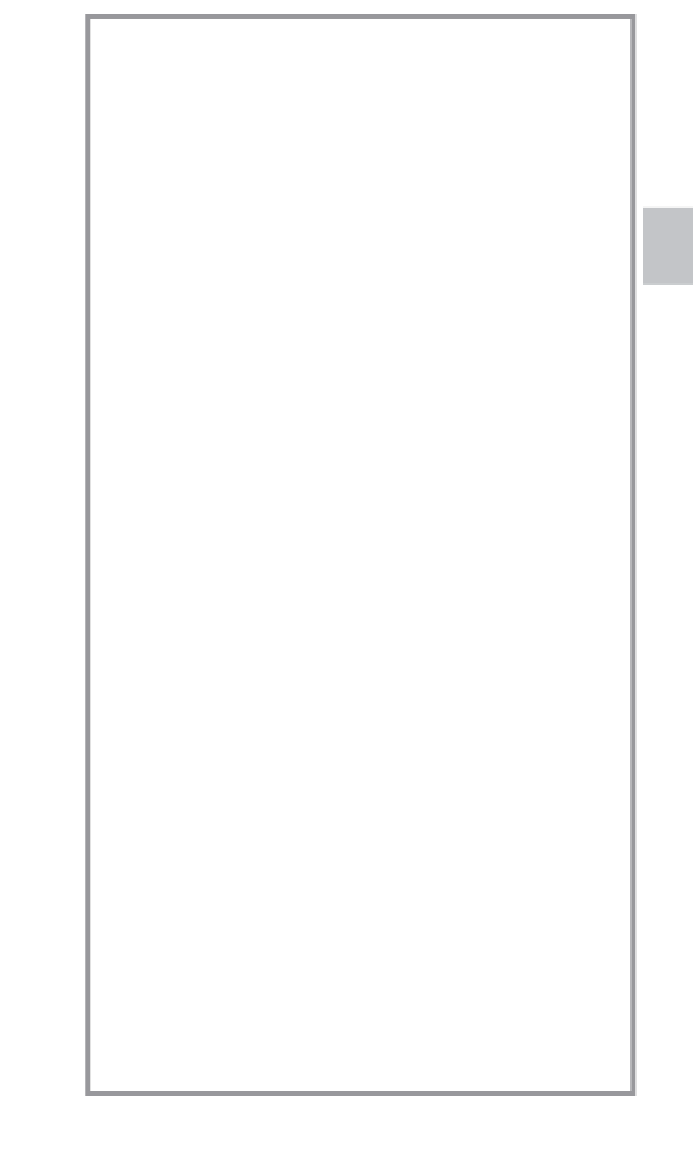Travel Reference
In-Depth Information
czech republic Almanac
Birth of Two Nations:
The nation of Czechoslovakia—formed
after World War I, and dominated by the USSR after World
War II—split on January 1, 1993, into two separate nations: the
Czech Republic (Česká Republika) and Slovakia.
Population:
10.3 million people. About 90 percent are ethnic
Czechs, who speak Czech. Unlike some of their neighbors
(including the very Catholic Poles and Slovaks), Czechs are
inclined to be agnostic: One in four is Roman Catholic, but the
majority (60 percent) list their religion as unaffiliated.
Latitude and Longitude:
50˚N and 15˚E (similar latitude to
Vancouver, British Columbia).
Area:
31,000 square miles (similar to South Carolina or
Maine).
Geography:
The Czech Republic is made up of three regions—
Bohemia (Čechy), Moravia (Morava), and a small slice of Silesia
(Slezsko). The climate is generally cool and partly cloudy.
Biggest Cities:
Prague (the capital, 1 . 2 million), Brno
(380,000), Ostrava (336,000), and Plzeň (165,000).
Economy:
The gross domestic product equals $220 billion
(similar to Indiana). The GDP per capita is $23,000 (about
half that of the average American). Some major money mak-
ers for the country are machine parts, cars and trucks, and
beer (including Pilsner Urquell and the original Budweiser—
called “Czechvar” in the US). More than a third of trade is
with next-door-neighbor Germany. Privatization of formerly
government-run industries goes on.
Currency:
17 Czech crowns (
koruna,
Kč) = about $1.
Government:
From 1948 to 1989, Czechoslovakia was a com-
munist state under Soviet control. Today, the Czech Republic
is a member of the European Union (since 2004) and a vibrant
democracy, with 68 percent of its eligible population voting in
the 2006 election. Its parliament is made up of 200 repre-
sentatives elected every four years and 81 senators elected
for six years. No single political party dominates. The two big
parties—the conservative Civic Democrats and the left-of-
center Social Democrats—each won just a third of the vote in
the 2006 election. The other three parties—the Communists,
Christian Democrats, and the Greens—hold enough sway that
the leader of the winning party typically heads a coalition
government. The president (currently Václav Klaus, a conser-
vative) is selected every five years by the legislators.
Flag:
The Czech flag is red (bottom), white (top), and blue (a
triangle along the hoist side).
The Average Czech:
The average Czech has 1.2 kids (slowly
rising after the sharp decline that followed the end of commu-
nism), will live 76 years, and has one television in the house.

















